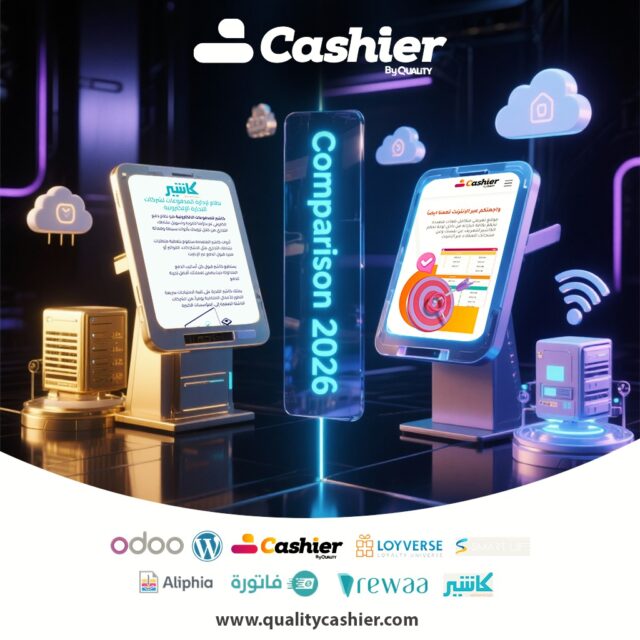Introduction
Choosing a Cloud Point of Sale (Cloud Cashier) system has become a strategic decision for any restaurant, store, or café. Differences in features, pricing, integration capabilities, and language/region support make comparison a must before investing.
In this guide, we’ll compare 10 leading systems with an objective evaluation of their pros and cons.
The Top 10 POS Systems to Compare
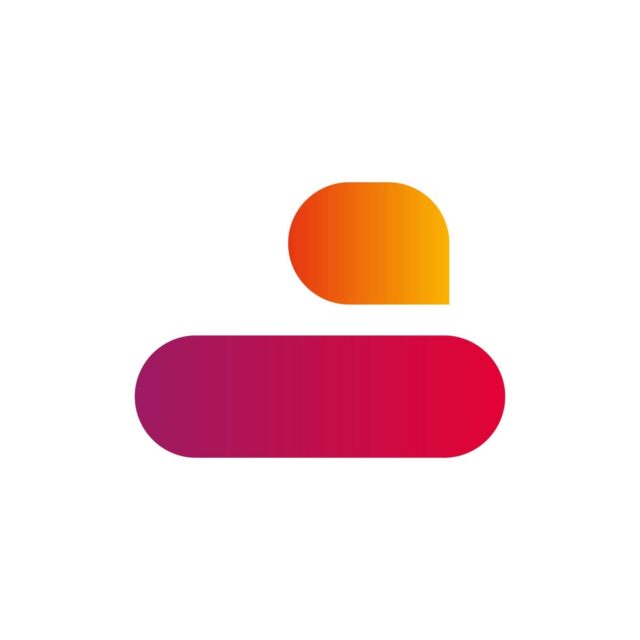
- Foodics – a strong regional platform in the Middle East.
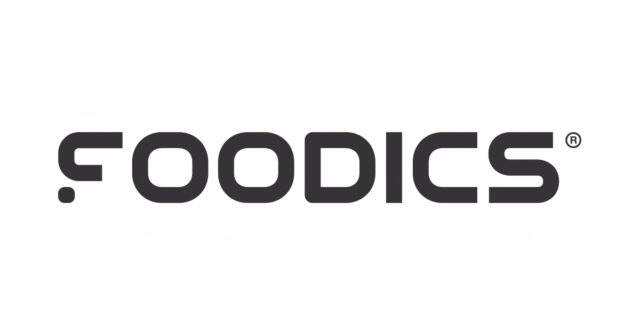
- Fatora – an invoicing + POS solution targeting mid-sized and Arabic markets. (fatora.io)

- Aliphia – a comprehensive accounting and sales management system. (aliphia.com)

- Odoo POS – part of the complete Odoo ecosystem (ERP + POS). (Odoo)
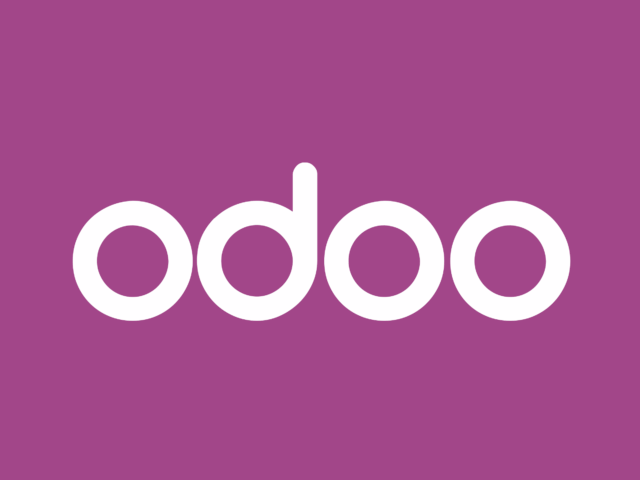
- Square – a global player popular among small and medium merchants (free software plan). (Square)
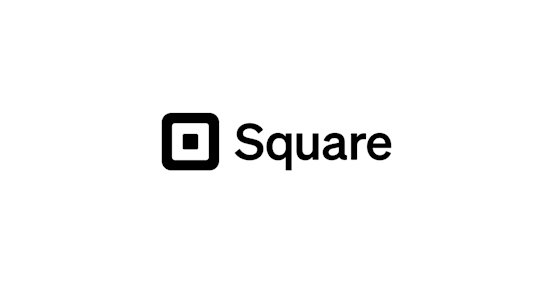
- Lightspeed – an advanced system for retail and restaurants with eCommerce tools. (Lightspeed)
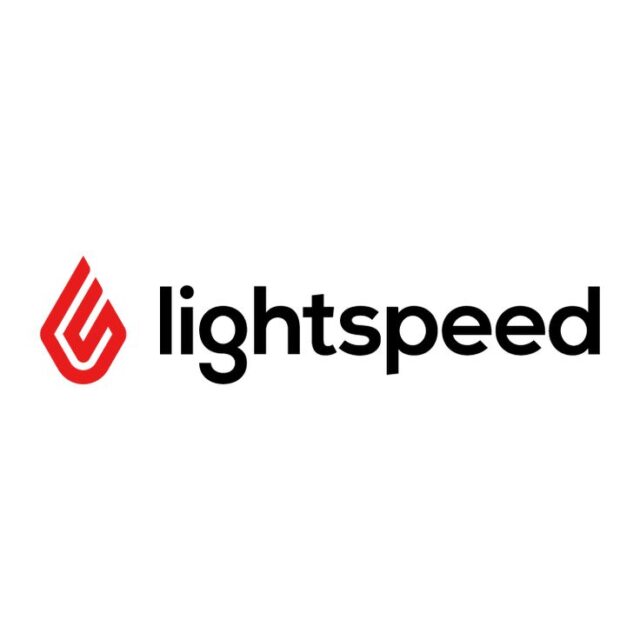
- Toast – specialized for restaurants (popular in the U.S. market) with integrated hardware and software. (Toast POS)

- Shopify POS – complements online sales through Shopify, ideal for hybrid online/offline stores. (TechRadar)

- Revel Systems – a strong POS for multi-branch restaurants and stores. (Software Advice)
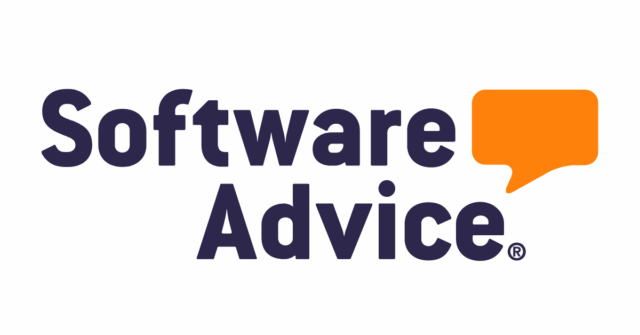
1) Quality Cashier
Key Features: Flexible plans including a forever-free package with advanced features; an Online Menu with a unique QR code for each table allowing direct ordering and waiter calls; online ordering with multiple payment methods; order tracking (In Preparation / Out for Delivery / Ready for Pickup); kitchen display (KDS), delivery screen, and waiter screen; complete restaurant table management dashboard; integrated accounting reports and analytics; multi-branch management from one dashboard; works on all devices and in multiple languages; advanced inventory management with automatic ingredient deduction per order.
Pros: Designed for restaurants, cafés, and shops with a focus on a mobile-ordering experience (QR/Barcode menu), strong reports, forever-free plan, and built-in integrations for KDS and order management.
Potential Cons: As a fully cloud-based platform, it may not suit locations with unreliable internet connectivity.
2) Foodics
Features: A robust regional POS system designed for restaurants; supports menu management, real-time reports, inventory control, loyalty programs, table management, and multiple integrations. Ideal for restaurants needing advanced operational and measurement tools.
Pros: Tailored for the Middle Eastern market, restaurant-specific features, and well-structured plans.
Cons: High cost for enterprise plans, and some functions may require a steep learning curve.
3) Fatora / Fatourati
Features: A comprehensive platform for e-invoicing, payments, payment links, integrated POS, and digital receipts with QR invoices. Great for users seeking to combine digital billing with simple payment solutions.
Pros: Simple interface, marketing tools (payment links), and AI-based services.
Cons: Less specialized in complex restaurant operations compared to dedicated POS systems — more accounting-focused.
4) Aliphia
Features: Combines accounting and POS management, offering features like inventory synchronization between online and physical stores, detailed financial reports, and customizable invoice templates. Suitable for companies seeking a complete accounting-integrated solution.
Pros: Advanced accounting reports and solid financial integration.
Cons: The accounting-heavy focus can make the user interface less intuitive for fast-paced environments.
5) Odoo POS
Features: Part of the full Odoo ERP suite, offering a basic free POS with advanced capabilities when integrated with other modules (Inventory, Accounting, eCommerce). Highly flexible and customizable.
Pros: Full ERP integration, adaptable for enterprises requiring comprehensive solutions.
Cons: Requires more technical setup and customization time than plug-and-play systems.
6) Square
Features: Free software plan, transparent transaction fees, and integrated hardware (terminals/handhelds). Ideal for small and mobile businesses.
Pros: Easy onboarding, low startup costs, strong hardware.
Cons: Transaction fees may be higher than enterprise contracts; advanced features require paid plans.
7) Lightspeed
Features: Advanced POS for retail and restaurants, powerful inventory tools, integrated eCommerce, and strong reporting. Suitable for merchants needing high customization.
Pros: Advanced business features, perfect for large teams and multi-location stores.
Cons: Higher subscription costs, more suitable for mid-to-large enterprises.
8) Toast
Features: Restaurant-focused POS (hardware + software + payment), mobile self-ordering and payment, 24/7 support, and customized plans for restaurants.
Pros: Built for restaurants with powerful operational concepts and broad support.
Cons: U.S.-centric availability means pricing and support may vary internationally.
9) Shopify POS
Features: Powerful if you already use Shopify; seamlessly unifies offline and online sales. Ideal for eCommerce merchants opening physical stores or pop-ups.
Pros: Unified sales channels and user-friendly for Shopify users.
Cons: Add-on apps and transaction fees can increase total costs.
10) Revel Systems
Features: A robust iPad POS used by restaurant and retail chains, supports multi-branch management, inventory tracking, and advanced features.
Pros: Great for mid-to-large restaurants needing stability and scalability.
Cons: Setup and operating costs can be high; some users report hidden fees or complex billing structures.
Summary Comparison Table (Key Specs at a Glance)
| System | Key Features | Starting Price (Approx. Monthly) | Multi-Branch Support | Best For |
|---|---|---|---|---|
| Quality Cashier | Cloud-based with QR/Barcode Online Menu per table, KDS, advanced reports, and integrated accounting. | Forever-free plan + paid tiers as needed. | Yes | Restaurants, cafés, and shops (small, medium, large) |
| Foodics | Menu & inventory management, loyalty, advanced reports. | ~$300–$400/month for advanced plans (varies by region). | Yes | Large restaurants |
| Fatora | E-invoicing, payments, simple POS, payment links. | Free/small paid plans (flexible). | Limited | Small businesses/services |
| Aliphia | Accounting + POS integration, financial reporting. | Medium–high (depends on customization). | Yes | Businesses needing accounting integration |
| Odoo POS | ERP-integrated, flexible, open source. | Free POS, but modules/hosting may add cost. | Yes | Enterprises needing ERP integration |
| Square | Free software, clear transaction fees, strong devices. | Free software; ~2.6% + $0.15 per transaction. | Limited | New/small mobile sellers |
| Lightspeed | Advanced retail & restaurant tools, eCommerce built-in. | ~$200–$300/month (depending on plan). | Yes | Large/multi-branch retailers |
| Toast | Restaurant-focused, integrated hardware/software, 24/7 support. | From $0 (Starter Kit) or $69/month basic plan + fees. | Yes | U.S.-based restaurants |
| Shopify POS | Full integration with Shopify store, marketing tools. | Starts ~$29/month + transaction fees. | Yes | Online retailers with physical stores |
| Revel Systems | Strong iPad POS, multi-branch, advanced reporting. | Custom plans; setup costs may apply. | Yes | Multi-branch restaurants & chains |
How to Read the Table and Choose What Fits You
- Small Projects / Startups: Begin with free or low-cost systems (Quality Cashier’s free version).
- Medium Restaurants with Operational Needs: Specialized restaurant POS like Quality Cashier, Foodics, Toast, or Revel offer strong tools for tables, kitchens, and analytics.
- E-commerce + Physical Store: Shopify POS and Lightspeed provide excellent omnichannel synchronization.
- Enterprises Seeking Accounting Integration: Odoo, Quality Cashier, or Aliphia offer advanced accounting features.
Detailed Comparison: Strengths and Weaknesses Summary
Quality Cashier — Why It Stands Out
Focuses on mobile ordering (QR per table / Online Menu / waiter requests) and gives a full view of order status and expected pickup time — improving customer experience and reducing manual errors. It also provides an advanced Kitchen Display System (KDS) and strong managerial and accounting reports. Starts with a free plan, making it ideal for small to mid-sized restaurants and shops.
Why We Recommend It: Combines ease of use, a clear focus on mobile ordering, advanced reporting, and a free starter plan — making it a solid choice for restaurants, cafés, and shops of various sizes.
Foodics
Strength: Advanced restaurant management tools; suitable for large-scale operations.
Weakness: Higher cost and requires staff training for full utilization.
Fatora / Fatourati
Strength: Excellent blend of e-invoicing and quick digital payments.
Weakness: Lacks deep restaurant operational features.
Aliphia
Strength: Great for businesses seeking accounting-linked POS.
Weakness: Less intuitive for fast-service operations.
Odoo
Strength: Extremely flexible due to ERP integration.
Weakness: Requires technical setup and customization.
Square
Strength: Easy to start, free software, portable hardware.
Weakness: Best for small sellers; transaction costs rise with scale.
Lightspeed
Strength: Advanced retail/inventory features, omnichannel tools.
Weakness: Higher cost, more suitable for larger retailers.
Toast
Strength: Built specifically for restaurants, self-order tools, 24/7 support.
Weakness: U.S.-focused support and availability.
Shopify POS
Strength: Excellent integration with Shopify and marketing features.
Weakness: Add-ons increase total costs.
Revel Systems
Strength: Robust multi-branch iPad Cloud Cashier with advanced tools.
Weakness: High setup and maintenance costs; mixed user feedback.
Practical Tips for Choosing the Right POS System
- Define your operational needs: Number of branches, ordering channels (QR menu, delivery, online portal), and accounting requirements.
- Test with a trial version: Let your staff try it in real conditions before committing.
- Check support and integrations: Does it connect with your current accounting or delivery systems? How fast is technical support?
- Calculate total cost of ownership: Include subscriptions, transaction fees, hardware, training, and customization.
- Think about scalability: Can the system easily add new branches and generate multi-location reports?
Conclusion: Why Quality Cashier Is a Promising Starting Point
After comparing key factors, Quality Cashier provides an outstanding balance between ease of use, focus on mobile ordering (QR/Online Menu per table), advanced KDS for kitchen management, and detailed reporting — with the added advantage of a forever-free plan to start testing immediately.
For restaurants, cafés, and retail businesses of any size seeking a practical, customer-friendly, and management-oriented solution, Quality Cashier is a highly recommended choice.
References and Sources
- Quality Cashier – Features Page
- Quality Cashier – Plans Page
- Foodics – Features & Plans
- Fatora – POS & Billing Features
- Aliphia – System Overview
- Odoo – Point of Sale
- Square – Pricing & Features
- Lightspeed – POS & Pricing
- Toast POS – Features & Pricing
- Shopify – 2025 Reviews
- Revel Systems – Reviews & Product Profile

